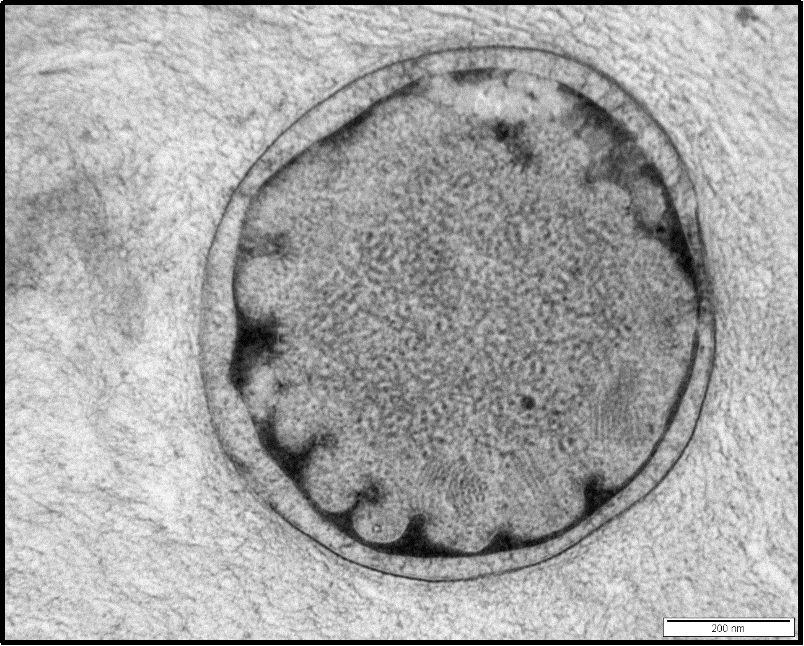A child-centric microbiology education framework
The Mighty Machines of Tiny Organisms Portrait Gallery
Editors: Patricia Bernal, José Manuel Borrero de Acuña,Laura van Niftrik, Vesna Grujcic, Ken Timmis

Microbes are tiny, by definition, but carry out an amazing spectrum of biological activities within their cells, on and in their cell surface structures, and in the immediate extracellular environment. Some of these activities, like making proteins, require a multitude of components, perhaps a 100 or so, as in the ribosome, whereas others carry out reactions that are either the opposite of others simultaneously occurring in the cell and hence potentially metabolically confusing, or are incompatible with the normal cellular environment (e.g. are poisoned by oxygen). Other activities require a transport system to carry molecules from inside to the outside of the cell, or the reverse, through the cell surface membrane(s) which ordinarily act as a barrier to such movement. The cell satisfies these diverse requirements by creating powerful nanomachines which carry out complex operations, separate them from the normal metabolic activities and structures of the cell, and create the special chemical micro-environments needed for their vital activities. Let’s learn about the wonderful nanomachines of tiny microbes which enable them to perform the amazing range of activities that characterize the microbial world!